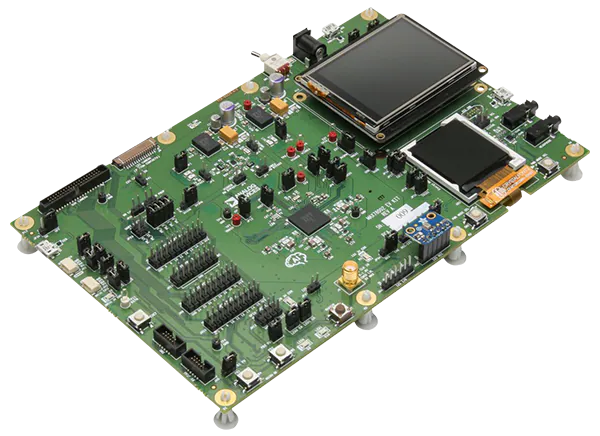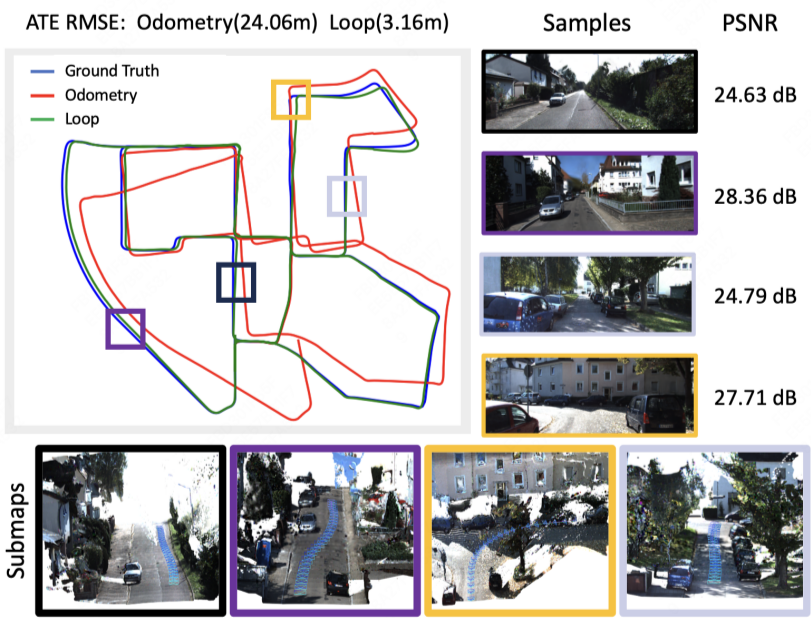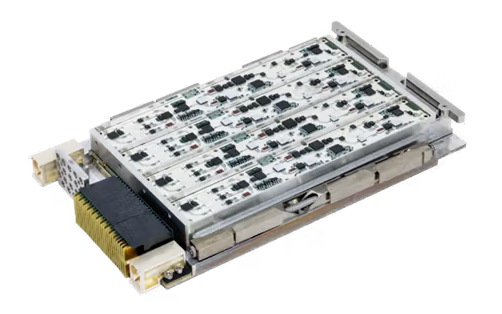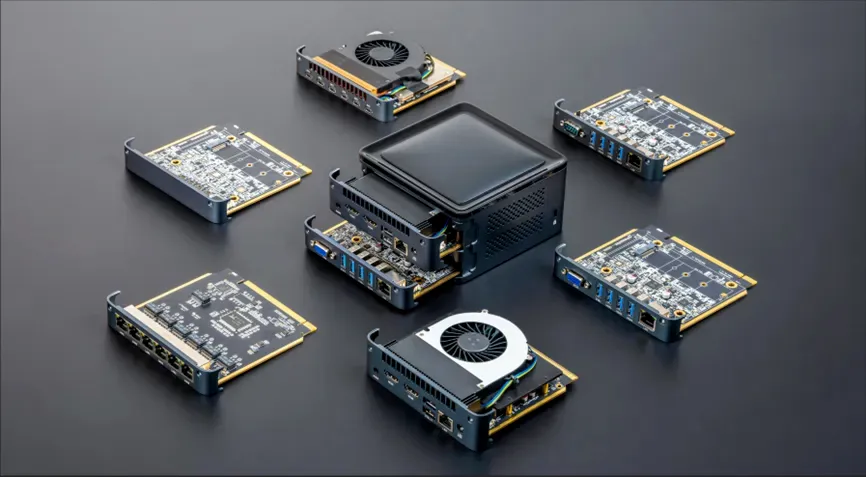
Digital health, also called digital medicine, plays an increasingly important role in today’s healthcare. Generally, digital medicine refers to digital platforms used to diagnose disease, manage conditions, identify patient health risks, and ultimately enhance health and quality of life. By integrating software, hardware, networks and sensors into healthcare delivery systems, it facilitates the digital transformation of healthcare.
In recent years, advances in big data, robots, machine learning, and artificial intelligence (AI) have accelerated the development of digital medicine.
Medical robots reshaping digital health
Medical robots are primarily used to perform difficult, repetitive, or extremely high-precision tasks. Their goal is to augment and extend human medical capabilities and to improve the overall effectiveness and efficiency of medical practice. By function, medical robots can be classified as surgical robots, rehabilitation robots, diagnostic robots, remote robots, and assistive robots.
Hospitals, ambulatory surgery centers, and rehabilitation centers are the main end users of medical robots. Hospitals account for about 47% of the market, ambulatory surgery centers about 26%, and rehabilitation centers about 23%. One of the most prominent applications for medical robots is in microsurgery, where surgical robots assist surgeons by providing greater precision, smaller incisions, and improved visibility.
Key features of surgical robots include:
- High precision. Robots can perform complex delicate surgical tasks with greater accuracy than the human hand.
- Enabling minimally invasive surgery. Surgical robots allow procedures to be performed through smaller incisions, reducing patient trauma and shortening recovery time.
- 3D visualization. The 3D displays in robotic systems provide clearer views of anatomy, allowing surgeons to inspect the operative area in detail for fine microsurgical work.
These features show that minimally invasive surgery is a major area where robots improve healthcare. Compared with traditional open surgery, this approach reduces patient trauma and shortens recovery. Surgical robots have therefore been prominent in the digital medicine market and continue to grow rapidly. StartUs Insights forecasts that from 2025 to 2030 the market will grow at a compound annual growth rate (CAGR) of 12.4%; the laparoscopic segment is expected to grow at a 16.5% CAGR, reaching a market size of $9.1 billion by 2030.
Another promising application is the use of microrobots to diagnose and treat disease. These ingestible microrobots are equipped with cameras and can travel through the digestive tract to capture detailed pathological images. Those images help clinicians detect potential problems early, such as abdominal cysts or cardiac issues, significantly improving patient prognosis.
Core technologies related to medical robotics
Medical robots are devices designed to assist medical tasks and can be seen as surgical tools that incorporate robotic arms, autonomous systems, or integrated artificial intelligence, machine learning, and advanced sensors. However, designing these advanced, complex systems faces numerous technical and regulatory challenges that require innovative approaches and support from emerging technologies such as AI.
During operation, AI helps systems make real-time decisions, perform precise movements, and provide adaptive responses. For example, AI-driven machine vision substantially improves surgical accuracy, while machine learning (ML) algorithms help optimize robot control systems.
Surgical robot systems are typically composed of a master console and a slave robot. The master console includes a tool simulator, video displays, and a PC. The slave robot comprises the robot arm control system, image processing system, and PC. The surgeon seated at the master console uses the tool simulator to perform the procedure with real-time video feedback. The tool simulator converts hand movements into digital signals, which are sent over a network to a remote PC. The remote PC processes the received signals and drives the robot arm control system to replicate the same movements.
Implementing surgical robots usually requires precise components such as sensors, encoders, and motor drivers. For example, a global shutter sensor in an AI-enhanced perception system captures accurate anatomical images that strongly support surgical procedures.
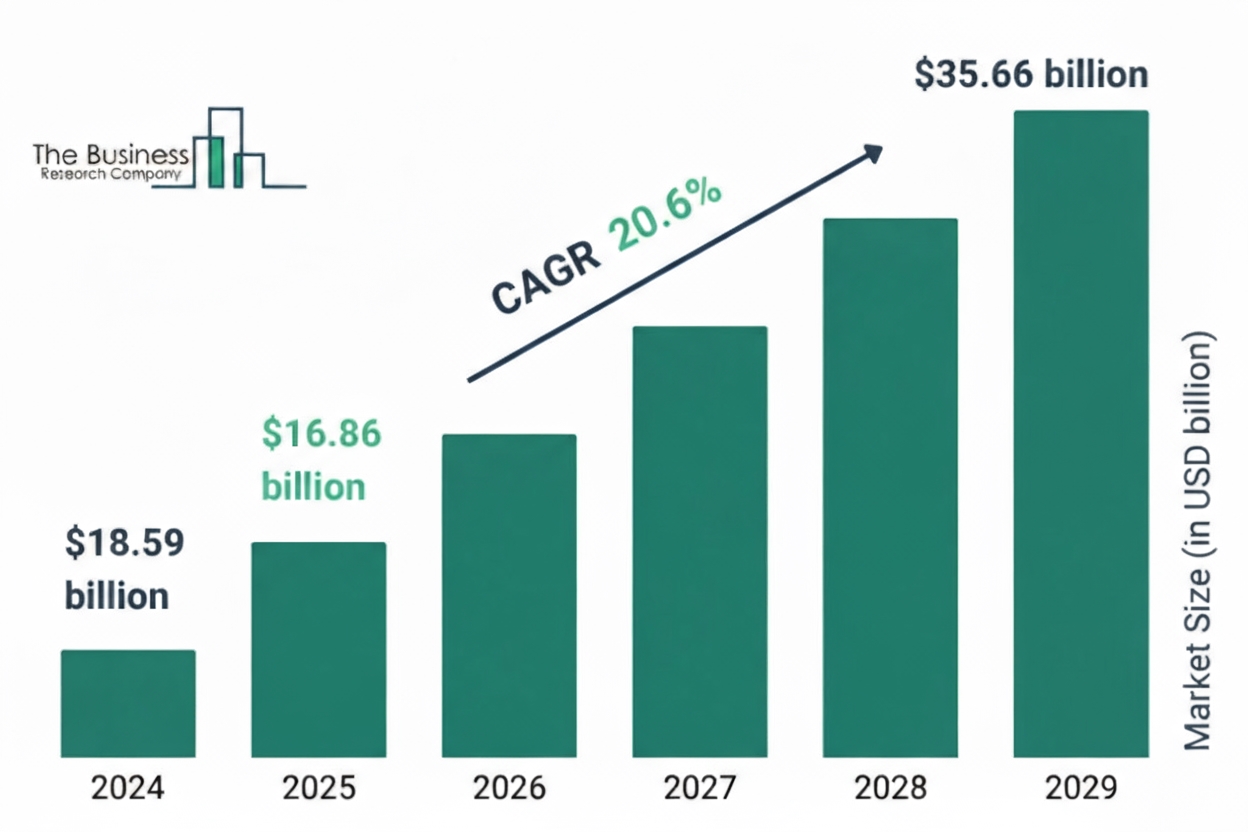


According to the U.S. Food and Drug Administration (FDA), digital technologies—from mobile medical applications and software that support clinicians’ daily decisions to artificial intelligence and machine learning—have been driving a revolution in healthcare. 2024 was a year of breakthrough innovation and rapid growth in digital health. From portable diagnostic tools to advances in AI, these developments have made healthcare more accessible, more personalized, and more efficient.
2025 is expected to be another significant year for health and care services. AI will be more deeply embedded in clinical workflows; wearable-driven personalized medicine and widespread use of robots in patient care will shape digital health in 2025.
With ongoing advances in robotics, artificial intelligence, and machine learning, the future of medical robots looks promising. Anticipated developments include:
- Increased autonomy. Future medical robots may have greater autonomy, operating independently or collaborating with human clinicians to perform tasks.
- Robotics entering home healthcare. Robotics will play a larger role in home healthcare, enabling individuals to receive monitoring and assistance with daily activities in their own homes.
- AI-assisted diagnosis. AI-enabled robots will continue to improve diagnostic accuracy, helping clinicians detect significant conditions earlier and more effectively.
The core of medical robotics lies in combining advanced technologies with innovative design. Medical robots are no longer confined to the operating room; they are changing patient care, surgical procedures, and rehabilitation practices. As robotics continue to develop alongside machine learning, data analytics, computer vision, and related technologies, robots are expected to play an increasingly important role in healthcare.
 ALLPCB
ALLPCB


